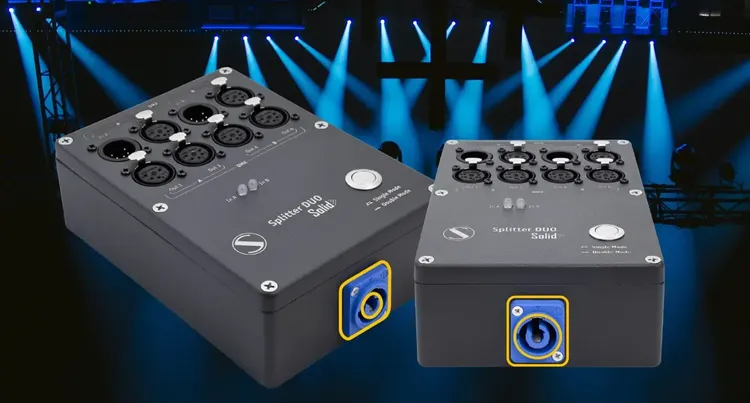Fundamentals of Stage Lighting Design: Balancing Art and Technology
This article explores the core principles of stage lighting design, emphasizing the delicate equilibrium between artistic vision and technological tools. Drawing from deep reflections on the profession, it examines how light transcends mere functionality to become an emotional and narrative force in theater and performance. You'll discover that effective design isn't about chasing the latest gear but understanding light's role in shaping audience perception, from historical roots to modern applications in theaters and concert halls. We delve into the interplay where technology serves art–lamps, dimmers, and filters enabling the realization of conceptual ideas–while warning against tech overshadowing creative intent.
Key topics include perception mechanics, light properties like angle and color, symbolic depths, and practical realization, all framed by the question: does tech drive art, or vice versa? In essence, this piece argues that true mastery lies in using available rigs to craft image-driven solutions that align with the spectacle's emotional content, avoiding compromises that dilute the director's umysel. For aspiring designers or seasoned engineers rigging festivals, it offers insights into inventing light scores that "play their party" in the theatrical ensemble, blending intuition with craft. Whether plotting for a repertory show or a rock arena, the balance ensures light doesn't just illuminate but communicates, manipulates focus, and evokes mood. Expect a thoughtful guide, not a rigid manual, encouraging personal approaches: "this is how it works for me–you choose." With over 500 characters, this sets the stage for understanding light as both ремесло and художество, where tech limitations spur innovation, and artistic demands push engineering boundaries.

